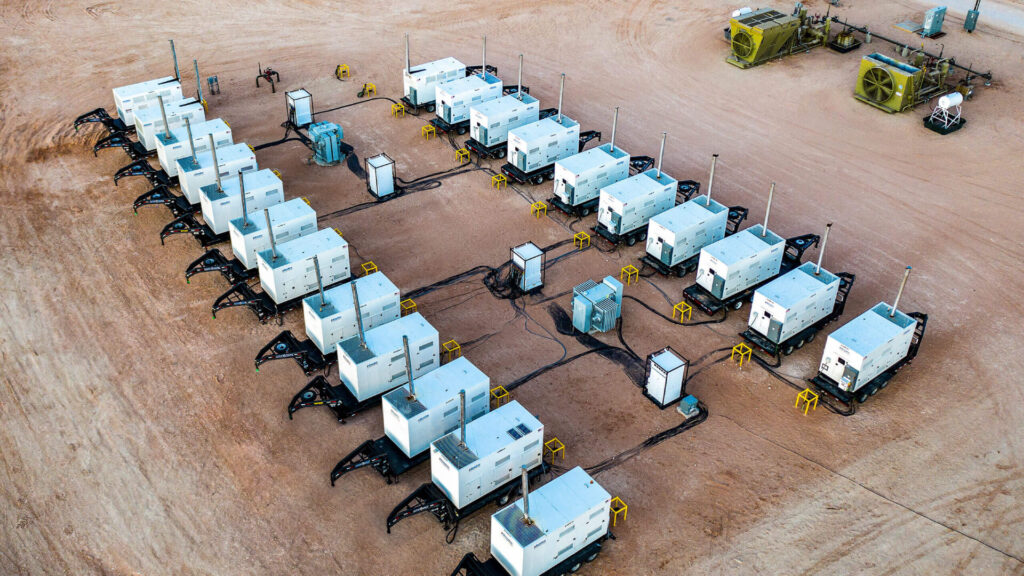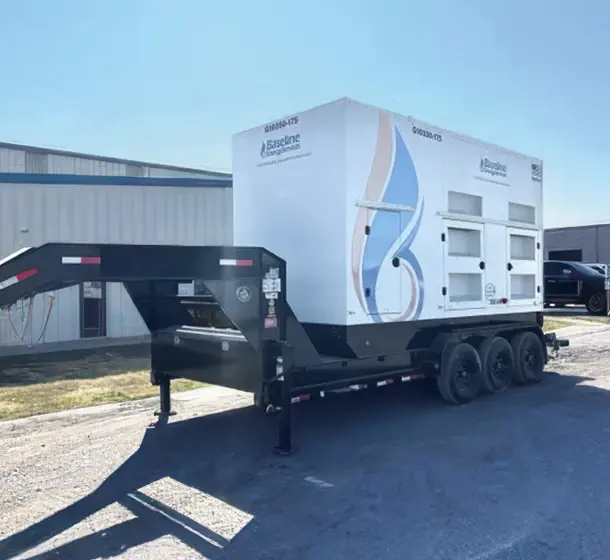Designing a Microgrid with Natural Gas Generators
As discussed earlier, the DERs in a microgrid can be renewable energy resources like wind or solar, fossil fuel-powered generators, or a combination of DERs. Even with advanced battery storage systems, islanded microgrids consisting of 100% renewable energy sources are not typically feasible as prime power systems due to large land use and cost infeasibility. However, pairing renewables with natural gas generators can help bridge that gap for customers wanting the lowest-possible emissions system that will continue to provide reliable power when wind, solar, and storage has been depleted.

As a low-carbon, reliable and affordable electricity option with the ability to generate power twenty-four seven, regardless of weather conditions, natural gas generators prove themselves time and again to be the optimal choice. In recent years, the adoption rate of natural gas across all power classes has seen an exponential increase and taken a significant share of the market away from comparable diesel power systems.
To form a microgrid, mobile natural gas generators are set up onsite near the load, paralleled together with both power and communication cables, and tied into distribution panels for simple connection to the load. Gaseous generators can be fueled by a variety of natural gas fuels including liquified natural gas (LNG), compressed natural gas (CNG), propane, and associated petroleum gas (APG) from a wellhead.
